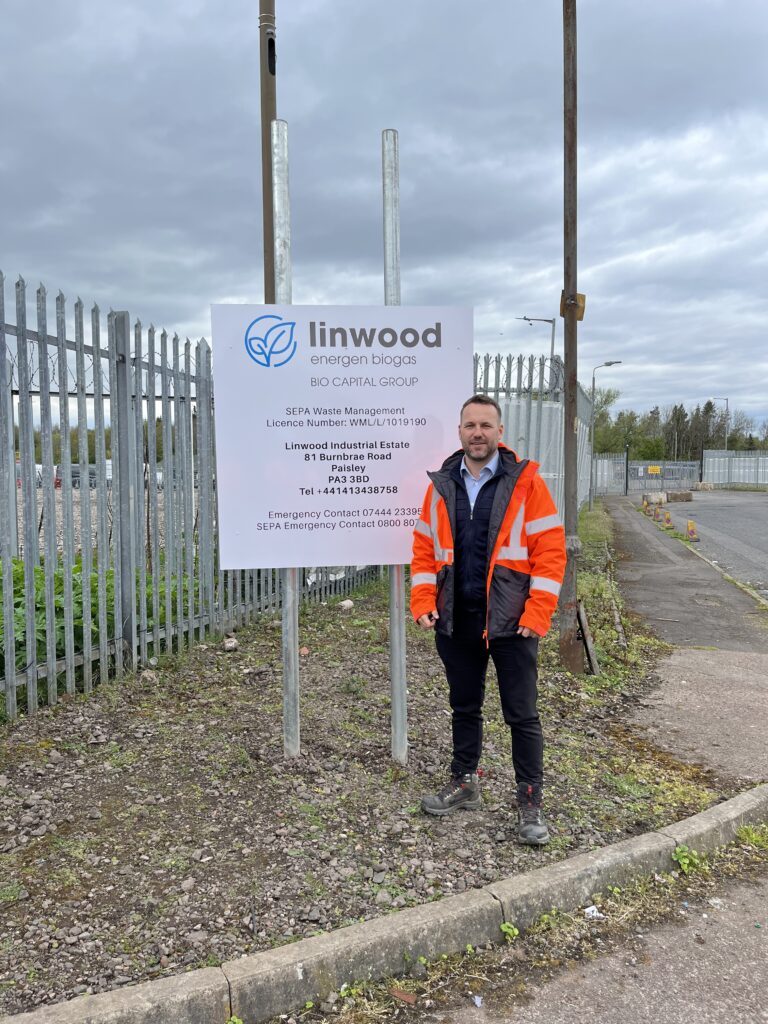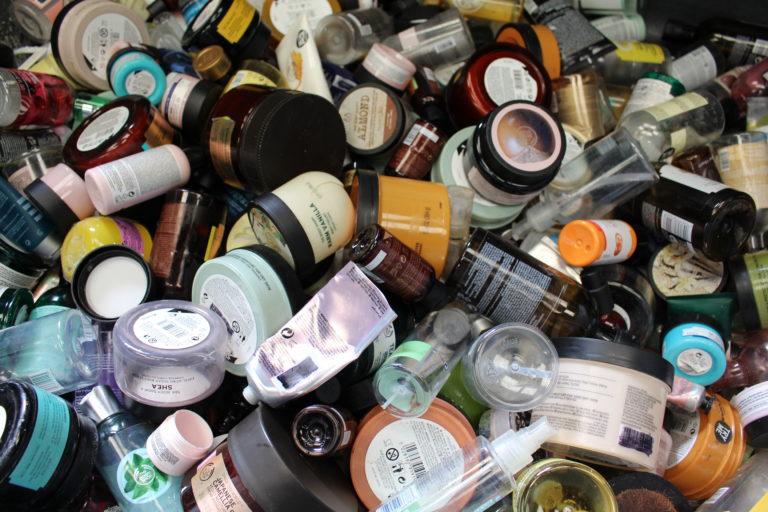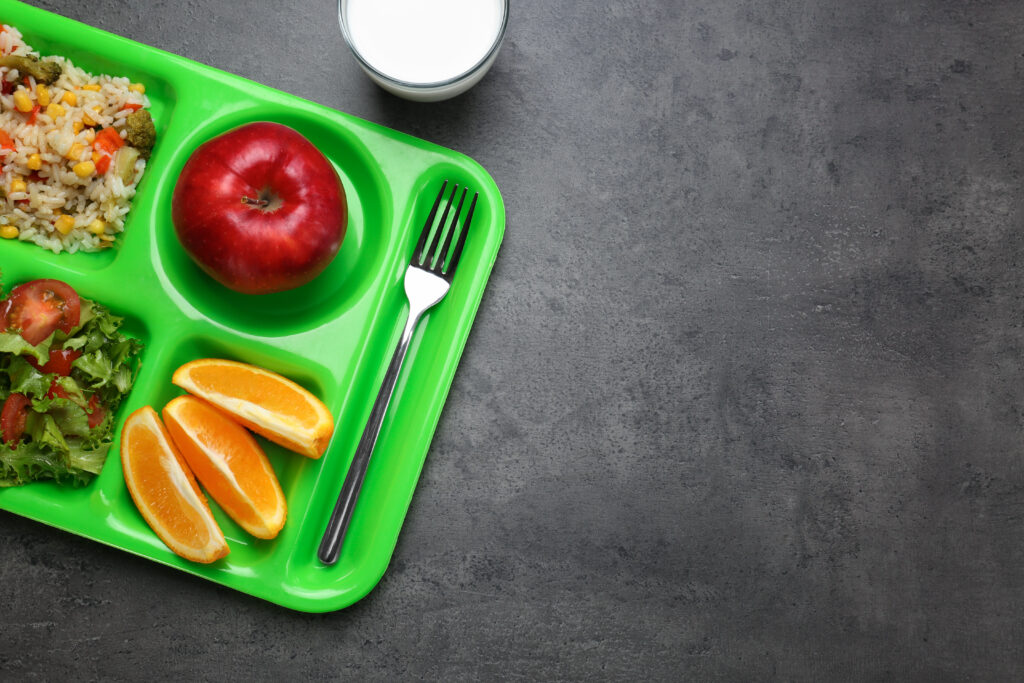OPINION: Shifting towards a circular economy is undeniably key to the future health and growth of our planet. As it stands, we are consuming the Earth’s resources at a troubling and unsustainable rate – this is particularly true in the UK, where our level of consumption is 13% higher than the average of our European neighbours. We will not be able to achieve net zero unless we consume less. This means integrating repair and reuse practices into our daily lives – keeping resources in active use for much longer than we do currently.

For many of us, reuse isn’t a new concept. It’s a regular feature in various aspects of our lives – from the homes we live in, to the used cars we drive. And while there is some familiarity around the different aspects of reuse, others have suffered from negative perceptions by the public – either from concerns relating to quality or safety, or the idea that second-hand is only an option if you can’t afford to buy new. However, the demand for pre-loved items is increasing, with the rise in trends like ‘upcycling’ and more businesses starting to offer refurbished or second-hand items.
All the while, an avalanche of items are being thrown away, both at the kerbside and at household waste recycling centres (HWRCs) up and down the country. From the extensive data built up over the last decade where Suez has been actively involved in reuse solutions, we estimate that more than 35,500 items that could be reused are being disposed of every day at HWRCs across the UK – that’s nearly 13 million every year. While the likelihood of capturing all of these items is slim, there is a huge potential for current services to divert a sizeable proportion of these items away from recycling and disposal, pushing them further up the waste hierarchy and realise the wider benefits this could bring to people, the planet and over stretched public sector finances.
Scale
Each of those 13 million items represent a lost opportunity to reduce carbon emissions, save money and retain intrinsic value. When we look at this collectively, the opportunity being missed is huge.
Environmentally we estimate that the carbon savings from reuse and repair could be more than 930,000 tonnes of CO2e every year, the equivalent of taking 189,000 cars off the road. From a community perspective, reuse can provide both individuals and families access to quality pre-loved goods at more affordable prices. At Suez, we recently calculated that every tonne that is saved from going to waste through reuse saves a staggering £10,493* for households across the country.
*Figure amended on 30 August to reflect the new calculation by Suez, replacing the previous figure of £373,000
Reuse activities will provide significant opportunities for the UK economy; with the reduction in waste and its associated costs, we can drive forward innovation in the sector and create new industries and green jobs. Suez estimates that if every person had just one item repaired every year, this would require 40,000 new well paid and skilled jobs across the country.
Retaining an item’s value also creates income opportunities for local authorities who can avoid the costs associated with disposing of household goods, instead providing refurbished or pre-loved items to local households who might need them, for free or at a discounted price. For example, a wooden chair sold for an average of £6.83 in a Suez operated reuse shop between 2018 and 2021 – if a typical wooden chair was recycled at an HWRC, it would either cost 7p or 1p depending on the end destination and overall quality of the wood being presented. In this example reuse provides an increase in value to the local authority of almost 700%. This increase will vary depending on the product and local circumstances, but it highlights the potential value of retaining these items in their original form, and the revenue that could be generated to support the development and expansion of these services, while at the same time generating a return that would benefit local authorities and their communities.
We need government to enable and facilitate the roll-out of reuse
Role
A truly circular economy has reuse and repair at its heart, but to achieve it we must move it up the to-do list and place it front and centre of any public resources and waste service.
While progress has and continues to be made on developing and integrating reuse into public sector services, there is a growing need to accelerate this progress, and to do so needs all those in the value chain to play their part. Central government has an important role in setting the policy direction and setting a clear agenda that has ambition, targets, and a clear requirement to capture relevant and meaningful data to monitor progress.
It’s been two years since Defra released the draft waste prevention programme, a pivotal piece of policy when it comes to reuse, but since then there has been little progress. We need government to enable and facilitate the roll-out of reuse by following through on its ambitious agenda, ensuring that the price we pay reflects the true cost of the product, and joining the dots across Departments to ensure the practice can realise the great potential for the wider economy. Supported by clear direction, backed up by appropriate investment and innovation across both public and private sector, the potential is huge, as we look ahead to a Net Zero future that provides opportunities for all.











Subscribe for free